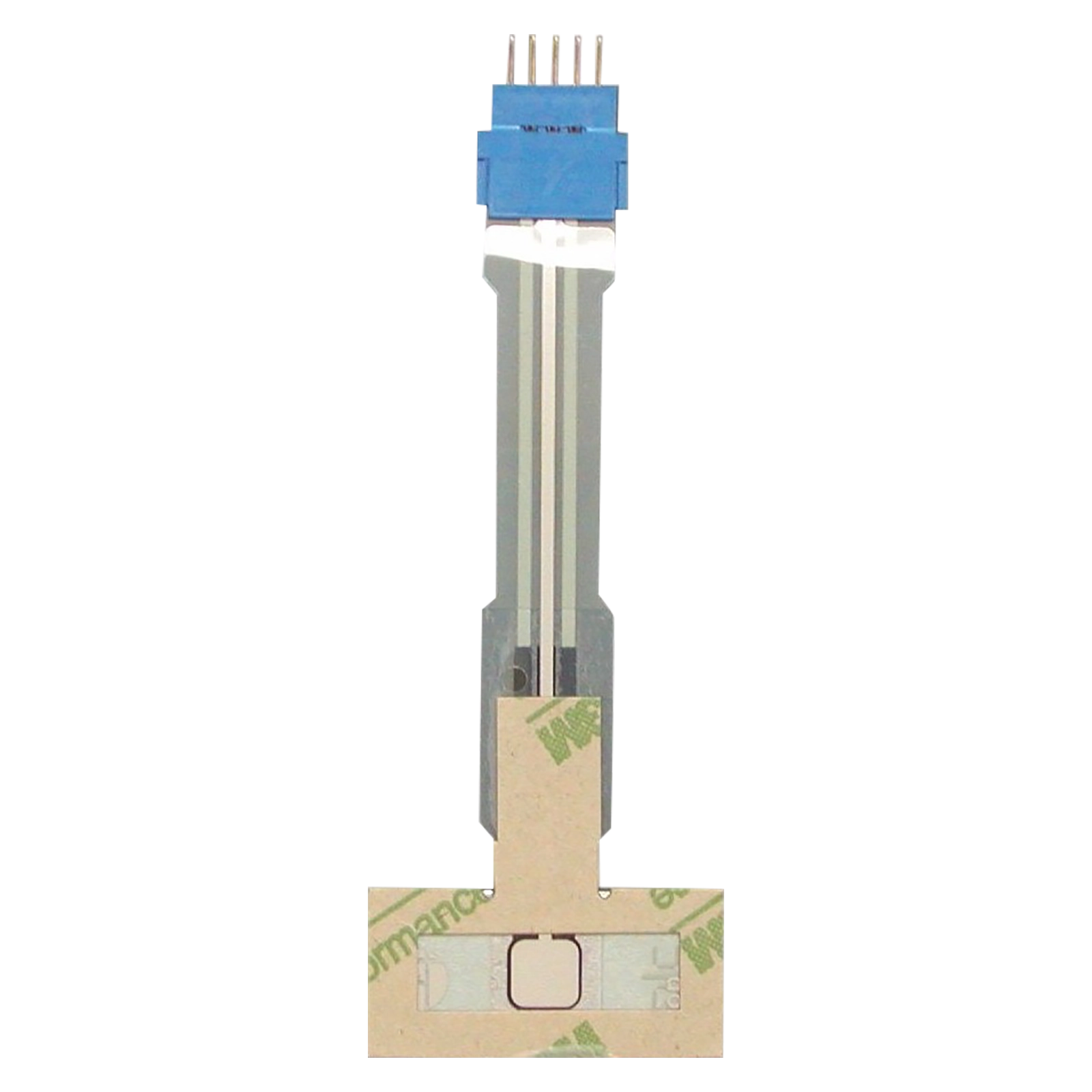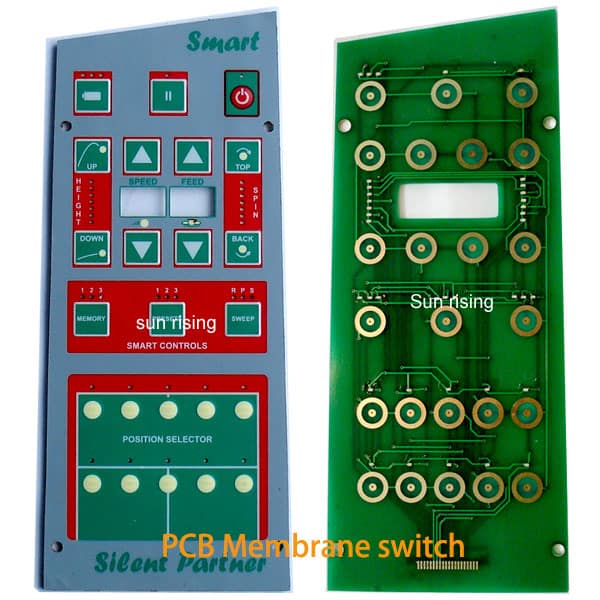The Perks of Membrane Switches Over Standard Switches in Harsh Environments
Membrane Switch Over Innovation: The Key to Trustworthy and Cost-efficient User Interfaces
Membrane switch modern technology has become a crucial component in the layout of interface, offering both reliability and cost-effectiveness across a varied series of applications. Its durable building makes sure resistance to ecological difficulties, while the versatility in design permits tailored remedies that satisfy certain market requirements. As we explore the complex benefits of membrane layer switches, their possibility for innovation raises questions concerning future applications and progressing trends. What does the following phase hold for this technology in an increasingly electronic landscape?
Recognizing Membrane Layer Switch Technology
Membrane layer switch technology is an extensively utilized user interface option in numerous digital gadgets, providing a seamless blend of functionality and design. This innovation incorporates multiple layers of materials, normally consisting of a visuals overlay, spacer layer, and a circuit layer. The visuals overlay shows the interface elements, while the spacer layer divides the circuit layer from the overlay until a user turns on a switch.
When stress is put on the overlay, the circuit layer finishes the electrical circuit, sending out a signal to the device. This system enables different arrangements, including responsive responses and backlighting options, boosting individual communication. Membrane switches are commonly manufactured making use of resilient products such as polyester or polycarbonate, making certain long life and resistance to ecological variables like moisture and dust.
The adaptability of membrane layer switches over enables their application in diverse industries, including clinical tools, consumer electronics, and industrial controls. Their compact style enables assimilation right into space-constrained environments, supplying a reliable customer interface without endangering visual allure. Comprehending the intricacies of membrane layer switch technology is essential for producers and developers looking for to develop trustworthy and efficient human-machine user interfaces.
Secret Benefits of Membrane Buttons
While numerous user interface options exist, membrane switches deal distinctive benefits that make them a preferred choice in various applications. One of the key advantages is their longevity; membrane layer switches are developed to withstand harsh ecological conditions, including dampness, dust, and temperature variations, making sure lasting performance. This strength substantially decreases the need for constant replacements, therefore reducing overall upkeep expenses.

Moreover, membrane layer buttons are lightweight and compact, making them appropriate for applications where area is restricted. Their inconspicuous design contributes to a smooth look without endangering performance.
Cost-effectiveness is likewise a remarkable advantage, as the manufacturing process for membrane switches over often tends to be cheaper compared to standard mechanical buttons. This cost, integrated with their integrity and convenience of installment, positions membrane switches as a functional remedy for a large range of markets looking for reliable and effective individual interfaces.
Applications Throughout Numerous Industries
How do membrane buttons adjust to the diverse needs of different sectors? Membrane layer button innovation is progressively identified More about the author for its flexibility, making it ideal for a variety of applications throughout multiple markets. In the clinical field, membrane switches are used in diagnostic equipment and client tracking gadgets, where their sturdiness and simplicity of cleansing are essential for keeping health criteria. The vehicle recommended you read market employs these switches in dashboards and control board, supplying a structured aesthetic while ensuring user-friendly operation.
In consumer electronics, membrane layer switches give a small solution for remotes and home appliances, enhancing individual experience through user-friendly layout. Furthermore, the commercial sector leverages membrane layer buttons for machinery control board, gaining from their resistance to extreme settings, such as moisture and dirt.
Army and aerospace applications also use membrane layer switches for their reliability and capacity to withstand extreme problems, making certain functional effectiveness in critical situations. Furthermore, the food and beverage market takes on these switches for automated systems, where sanitation and convenience of procedure are extremely important. Inevitably, membrane switches are customized to satisfy the unique needs of each industry, proving their important function in contemporary technology interfaces
Layout and Personalization Choices

In the world of membrane button innovation, design and customization alternatives play an essential function in boosting performance and customer communication. These buttons can be tailored to meet specific functional needs and visual choices, making them functional elements in numerous applications.
Among the primary personalization alternatives is the format of the button itself, which can be designed to accommodate distinct interface and ergonomic considerations. By adjusting the resource shape, size, and setup of buttons, makers can produce user-friendly styles that promote convenience of use. Furthermore, the unification of various shades and graphic overlays enables branding and boosted presence, ensuring that users can quickly recognize functions.
Furthermore, membrane buttons can be crafted with different responsive feedback mechanisms, such as raised buttons or distinct clicks, to enhance the customer experience. Various materials can likewise be selected for sturdiness and ecological resistance, addressing elements such as moisture, temperature changes, and chemical exposure.
Ultimately, the extensive design and customization alternatives offered in membrane layer button innovation equip companies to produce customized remedies that not only satisfy useful requirements however also straighten with their branding and functional demands.

Future Trends in Membrane Layer Switches
As membrane layer button innovation continues to progress, future patterns are significantly concentrated on boosting user experience and incorporating innovative functionalities. One significant fad is the integration of touch-sensitive and capacitive innovations right into traditional membrane switches. This development allows for even more intuitive individual interfaces, giving tactile responses while maintaining a streamlined layout.
One more emerging fad is making use of eco pleasant products, driven by the growing need for lasting production techniques. Manufacturers are looking for to reduce their carbon impact by making use of recyclable substratums and low-impact inks, aligning with global sustainability objectives.
In addition, the increase of the Net of Things (IoT) is triggering the unification of clever functions right into membrane buttons. Boosted connectivity alternatives will certainly allow devices to interact with each various other, permitting smooth combination right into wider systems.
Furthermore, developments in printing technologies, such as electronic printing, are allowing for greater style flexibility and customization. This makes it possible for makers to create detailed layouts and vivid shades cost-effectively.

Verdict
In final thought, membrane layer switch technology represents an important advancement in customer interface style, offering significant benefits in toughness, modification, and cost-effectiveness. As advancements continue to emerge, specifically in touch-sensitive interfaces and sustainable materials, the possibility for membrane layer changes to improve customer experience and capability remains promising.